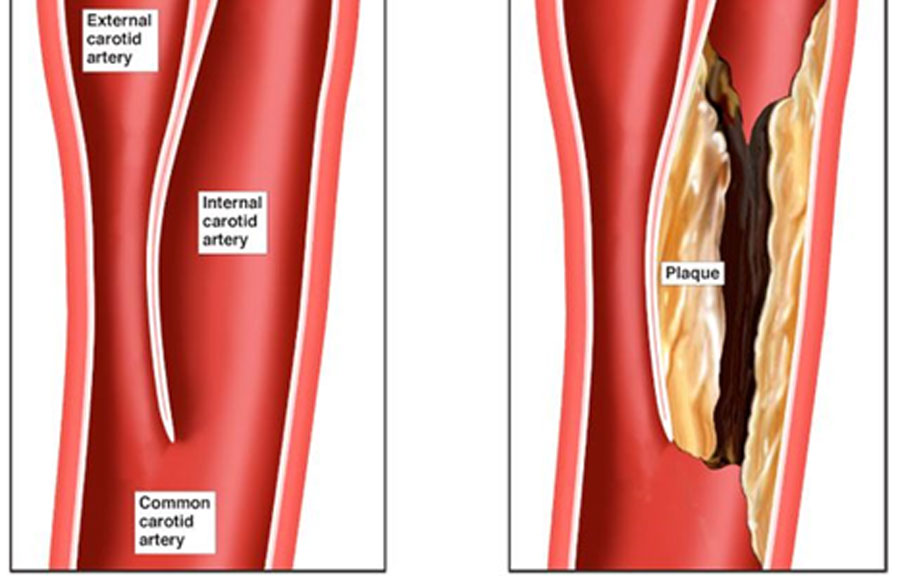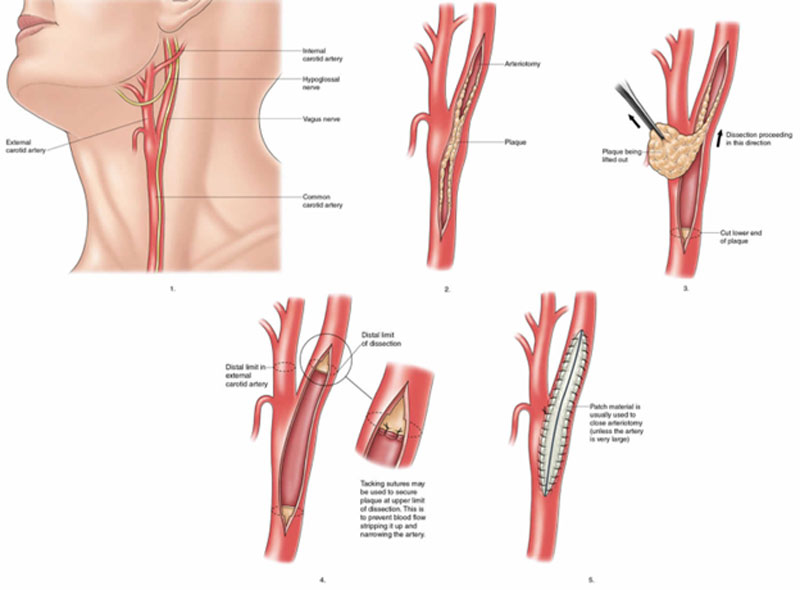Carotid Stenosis
Carotid artery disease occurs when fatty deposits (plaques) clog the blood vessels that deliver blood to your brain and head (carotid arteries). The blockage increases your risk of stroke, a medical emergency that occurs when the blood supply to the brain is interrupted or seriously reduced.
Stroke deprives your brain of oxygen. Within minutes, brain cells begin to die. Stroke is the most common cause of death and the leading cause of permanent disability in the U.S.
Carotid artery disease develops slowly. The first sign that you have the condition may be a stroke or transient ischemic attack (TIA). A TIA is a temporary shortage of blood flow to your brain.
Treatment of carotid artery disease usually involves a combination of lifestyle changes, medication and sometimes surgery.
Signs and symptoms of a stroke or TIA include:
- Sudden numbness or weakness in the face or limbs, often on only one side of the body
- Sudden trouble speaking and understanding
- Sudden trouble seeing in one or both eyes
- Sudden dizziness or loss of balance
- Sudden, severe headache with no known cause

Carotid Endarterectomy
Carotid endarterectomy is a surgical procedure to remove a build-up of fatty deposits (plaque), which cause narrowing of a carotid artery. The carotid arteries are the main blood vessels that supply blood to the neck, face and brain.
Surgery to remove the buildup in your carotid artery may be done if the artery is narrowed by more than 70%. If you have had a stroke or temporary brain injury, your provider will consider whether treating your blocked artery with surgery is safe for you.
Carotid endarterectomy has proved to be beneficial in the prevention of stroke in selected patients. The procedure is indicated in symptomatic patients with carotid-territory transient ischemic attacks or minor strokes who have carotid artery stenosis of 70 to 99 percent.
